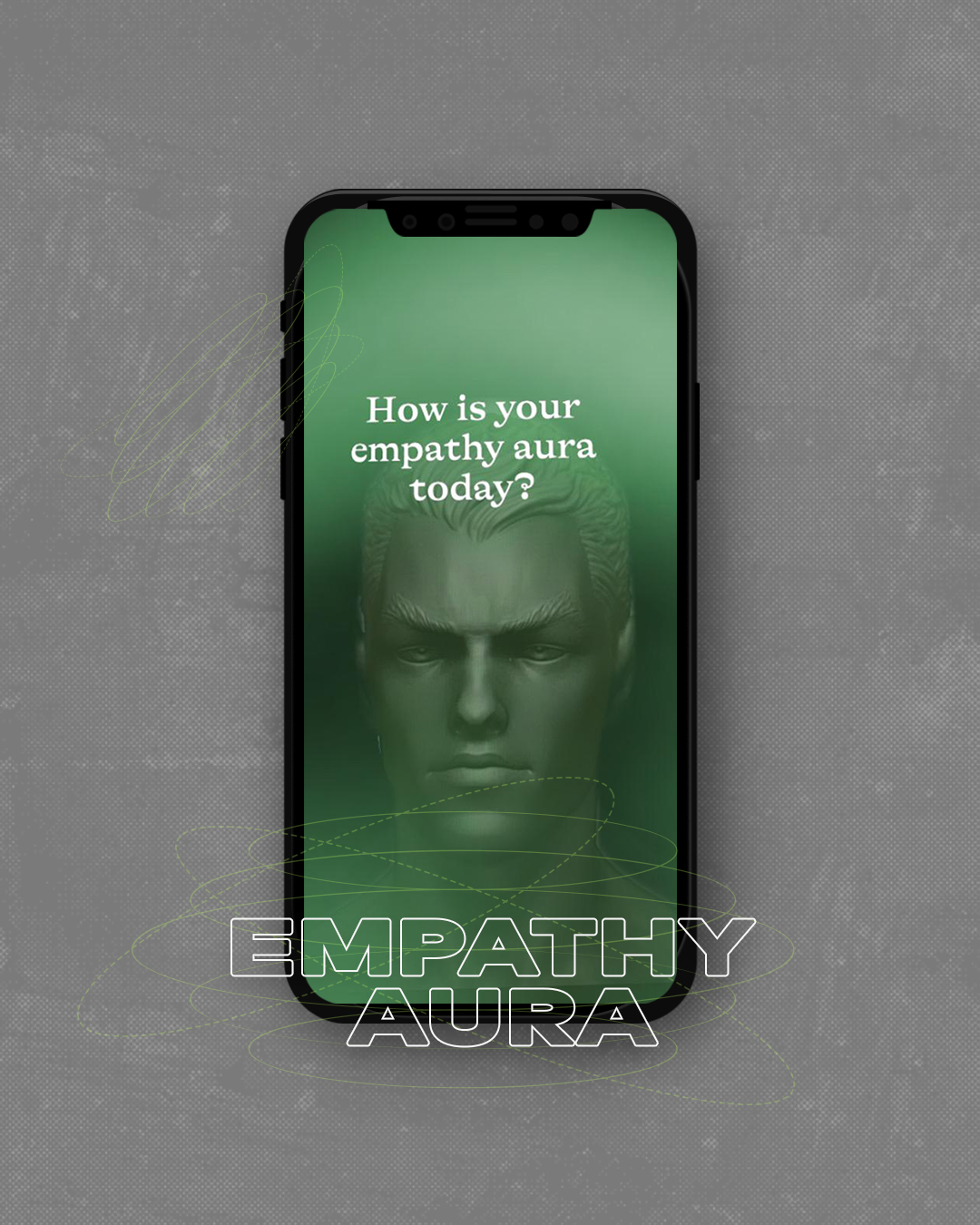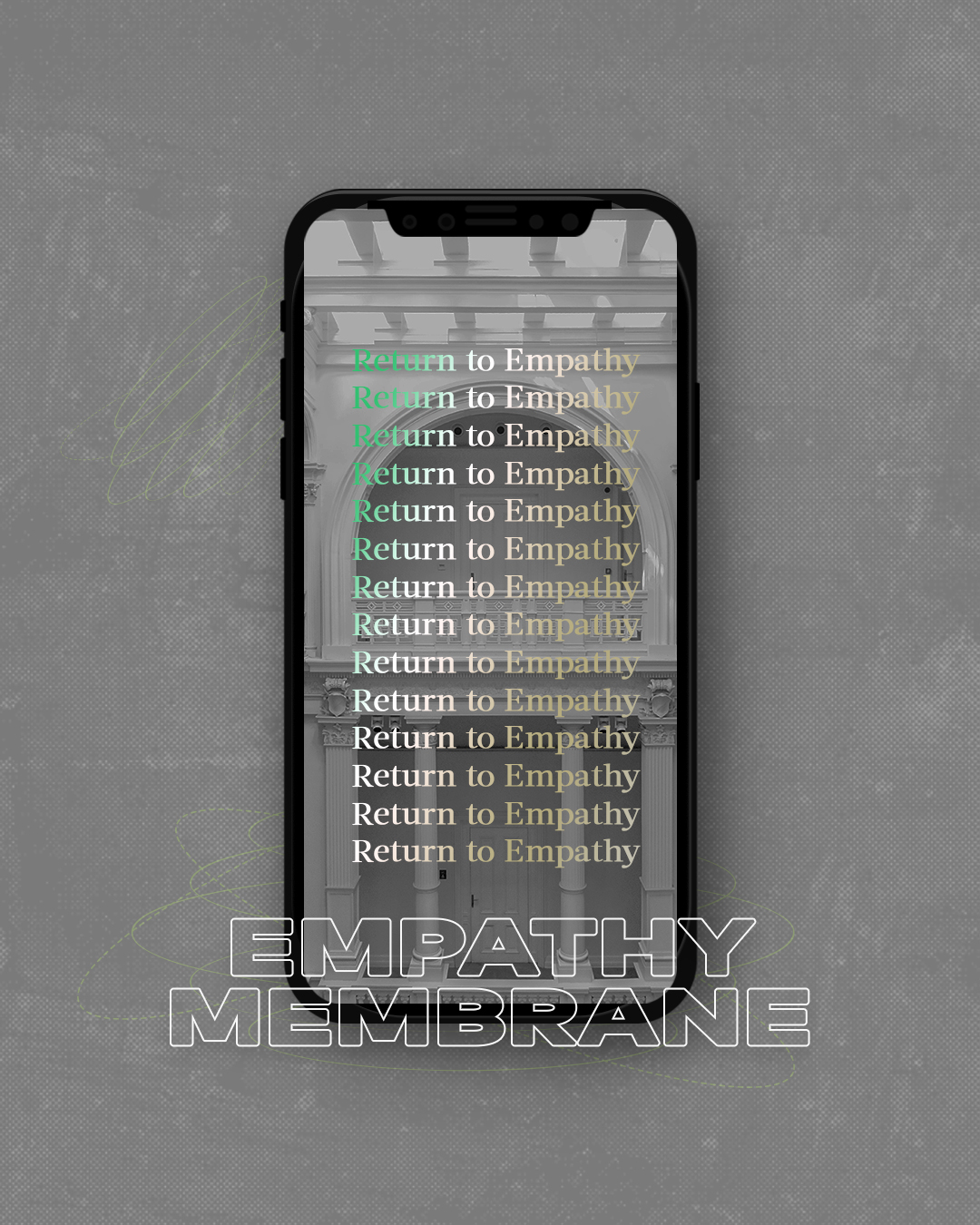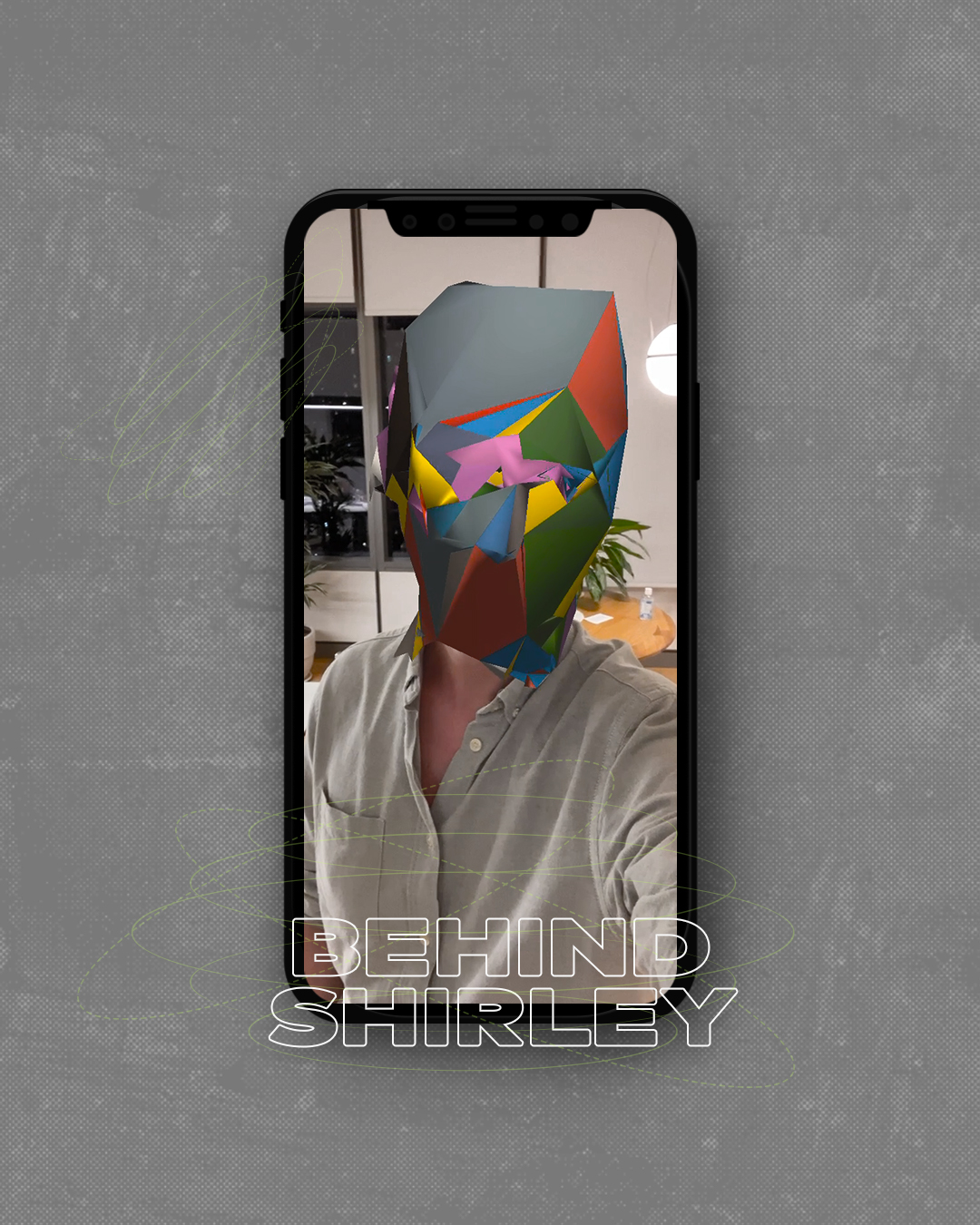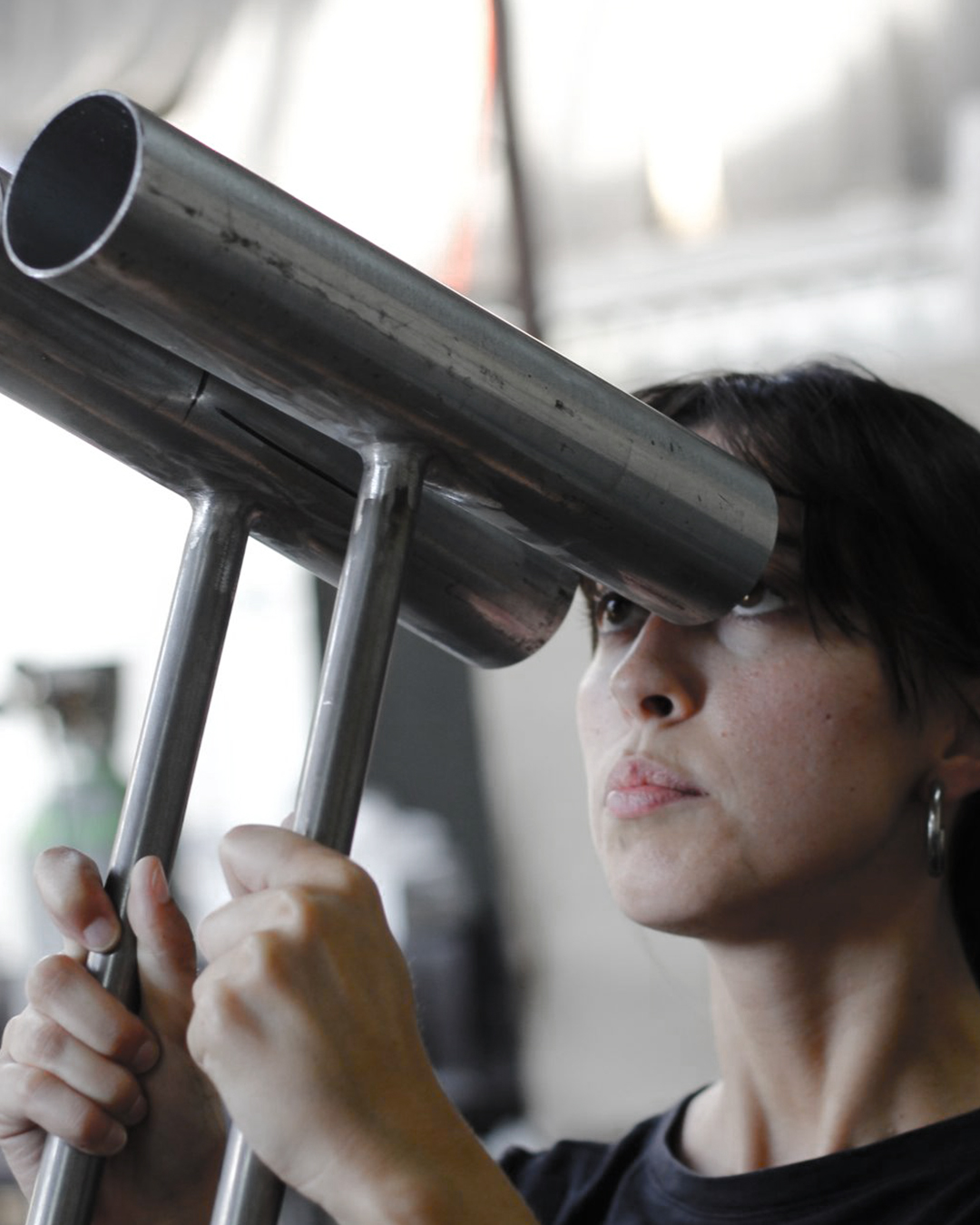The 5th
Istanbul Design Biennial
Curated by Mariana Pestana, the biennial titled "Empathy Revisited: Designs for more than one" will host projects by participants from different countries and disciplines in exhibition venues, on the streets of Istanbul and in the digital environment.
Location
İstanbul
Date
October 2020 - April 2021
Tags
The 5th Istanbul Design Biennial believes in the importance of creating a space that centres on responsibility and developing a culture based on connecting with what is beyond humans. That’s why this biennial; explores designs for multiple bodies, sizes and perspectives. The projects encourage us to rethink the practices of caring and citizenship in this critical period and to build together new systems and structures of reconnection. Taking into account the climate crisis, economic crises, social deprivation and the declining global industrial model, the biennial offers critical tools and alternative pathways. Designs for more than one take into account not only the user or the customer but also many complex and intertwined elements included in the design processes.
Interventions, research projects and video series that will spread throughout the streets of Istanbul will continue to develop until April 30, 2021. Digilogue, in collaboration with the Istanbul Design Biennial, creates a digital experience with a series of Instagram filters that reinterpret the biennial curation approach. It is also turning one of the artworks in the program into an augmented reality experience.
Empathy Aura and Empathy Membrane filters were created based on the identity and colour theme of this year’s Biennial and explore concepts of social impact by providing a virtual interaction with the Biennial’s narrative.
Empathy Aura was inspired by the practice of taking pictures of the electromagnetic fields surrounding the body and the filter shows the feeling of empathy in green. The filter is used to find out what the person’s current empathy aura is and shows certain categories that also serve as parts/keywords of the Biennial programme. The Randomizer effect gives specific instructions for the user to engage and think more deeply about connecting with plants, animals, celestial bodies and more.
Empathy Membrane serves as an animated plane emphasizing the phrase “empathy revisited.” The filter is an augmented reality spatial typography that works with the rear camera and can be placed wherever the user wants. One can pass through this plane, walk around and look – this effect adds another layer of consciousness to the environment and creates a setting that people can use to share their version of the empathetic moments experienced or produced.
Works of Augmented Reality

Empati Aura
Title
Empathy Aura was inspired by the practice of taking pictures of the electromagnetic fields surrounding the body and the filter shows the feeling of empathy in green. The filter is used to find out what the person's current empathy aura is and shows certain categories that also serve as parts/keywords of the Biennial programme. The Randomizer effect gives specific instructions for the user to engage and think more deeply about connecting with plants, animals, celestial bodies and more.
Empathy Membrane
Empathy Membrane serves as an animated plane emphasizing the phrase “Empathy Revisited.” The filter is an augmented reality spatial typography that works with the rear camera and can be placed wherever the user wants. One can pass through this plane, walk around and look – this effect adds another layer of consciousness to the environment and creates a setting that people can use to share their version of the empathetic moments experienced or produced.


Behind Shirley
The filter "Behind Shirley" criticizes the inability of face identification systems to identify people of colour and exposes the mistakes of standardized templates in the industry. During the filter's development process, the face identifying programs were run at a low setting to capture portraits of individuals, and the colours used were taken from the colour matching template used by this program. While it contains global movements such as Black Lives Matter, it also serves as a mask and underlines the ongoing global pandemic.
Augmented Reality
Public Devices for Therapy is a series of sculptures designed by Soraia Gomes Texeira to be placed on Beşiktaş Pier in Istanbul as part of the Design Biennial.
The sculptures were designed to enable people to interact, build trust and reconnect with each other on a physical level. Digilogue worked with Soraia to create a digital version of her sculpture, and in the process explored the advantages and limitations of both digital and physical medium and how the medium modulates the essence of the object. Since the sculpture has turned into a shareable file format, it is getting rid of its physical limitations, such as reality and geo-locality. But at the same time, it creates a counterpoint to itself, raising questions about tactility in the digital realm and the impossibility of the touch necessary to give the sculpture its original meaning in the first place. The augmented reality object acts as a paradox that triggers discussions in our blended environment.

Video
Digilogue, the trans-media and technology platform created by Zorlu Holding and Zorlu PSM, focuses on techno-philosophical research and education with the perspective of developing digital tools and creative industries.
The interventions that will take place at the Pera Museum as part of the biennial and the research projects archive that can be visited at ARK Kültür will be open until November 15, 2020. Interventions, research projects and video series that will spread to the streets of Istanbul will continue to develop until April 30, 2021. Research projects and digital projects can be followed for six months from anywhere in the world.
